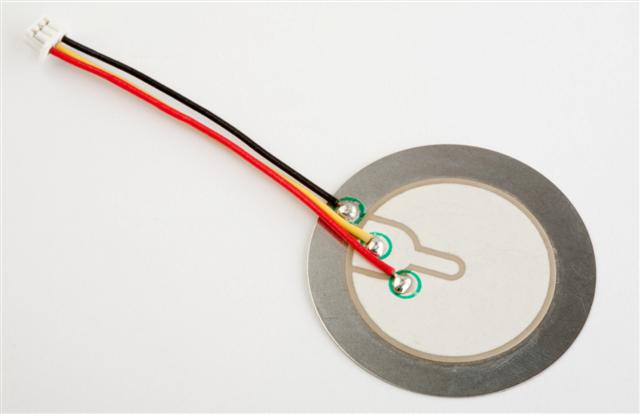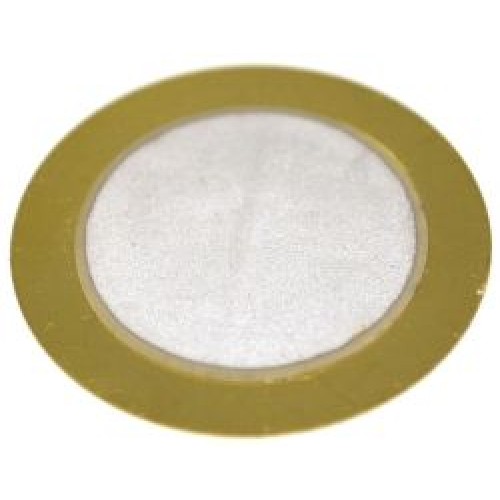
Like we mentioned in the previous part, it is because of the special arrangement of the piezoelectric material crystals in a hexagonal configuration. When a pressure is applied however, those molecules change position and align into a dipolar state in which the global charge isn’t null anymore and 2 sides of the materials become polarized.īut why charge is changing for piezoelectric materials and not for any other material?
PIEZO ELEMENT FREE
When the material is in a free state (without any pressure), those molecules will be arranged in a certain way which corresponds to an equilibrium of the mater and in which the charges of the molecules cancels itself if we look at the whole. Materials (like everything in the world) are composed of molecules which are arranged in a certain way. Let’s see a bit more visually how this all work in the next part How does piezoelectricity appear under pressure in ceramic or crystal materials? This in turn moves the positive and negative charges denoted by a star (*) apart, and their centroid no longer coincide, but are shown by blue and red dots, creating an electric dipole.

When the material is compressed (right figure), the distance between the atoms remains the same, which is only possible by expanding the material horizontally. Without any external stress, the centroid of positive and negative charges coincides and marked by a black dot. A unit cell is shown outlined with dashed lines. In crystalline piezoelectric materials, the unique distribution of charges gives rise to a dipole moment when the material is deformed.Ĭonsider the example 2D lattice as shown below. Note that even if we consider elongation in the horizontal direction due to the compression, the charges still cancel out. Now let’s have a closer look at where it comes from What is the difference between a non-piezoelectric material and a piezoelectric material?įirst, let’s look at a non-piezoelectric material: the overall charge center of positive and negative ions in the unit cell coincide, and even with applied deformation, these cancel out, and no overall polarisation appears. The inverse piezoelectric effect is very useful because it is implemented in many transducers to produce ultrasonic sound waves. Conversely, those same crystals will change about 0.1% of their static dimension when an external electric field is applied to the material. What is interesting is that the piezoelectric effect is mostly linear and reversible.įor example, take one of the most used piezoelectric materials, the lead zirconate titanate (or PZT) crystals will generate measurable piezoelectricity when their static structure is deformed by about 0.1% of the original dimension.


The word piezoelectricity comes from the Greek word piezein, which means squeeze or press and electron, which means “amber” and is an ancient source of electric charge. Now, how does it work more in details? And where does it come from exactly? Piezoelectricity and the piezoelectric effect The piezoelectric effect is an effect that simply describes the fact that a pressure applied to a piezoelectric material will generate a voltage. Let me provide you with a very simple definition first to get things clear.Ĭertain materials tend to accumulate electric charges when a mechanical stress is applied to them.


 0 kommentar(er)
0 kommentar(er)
